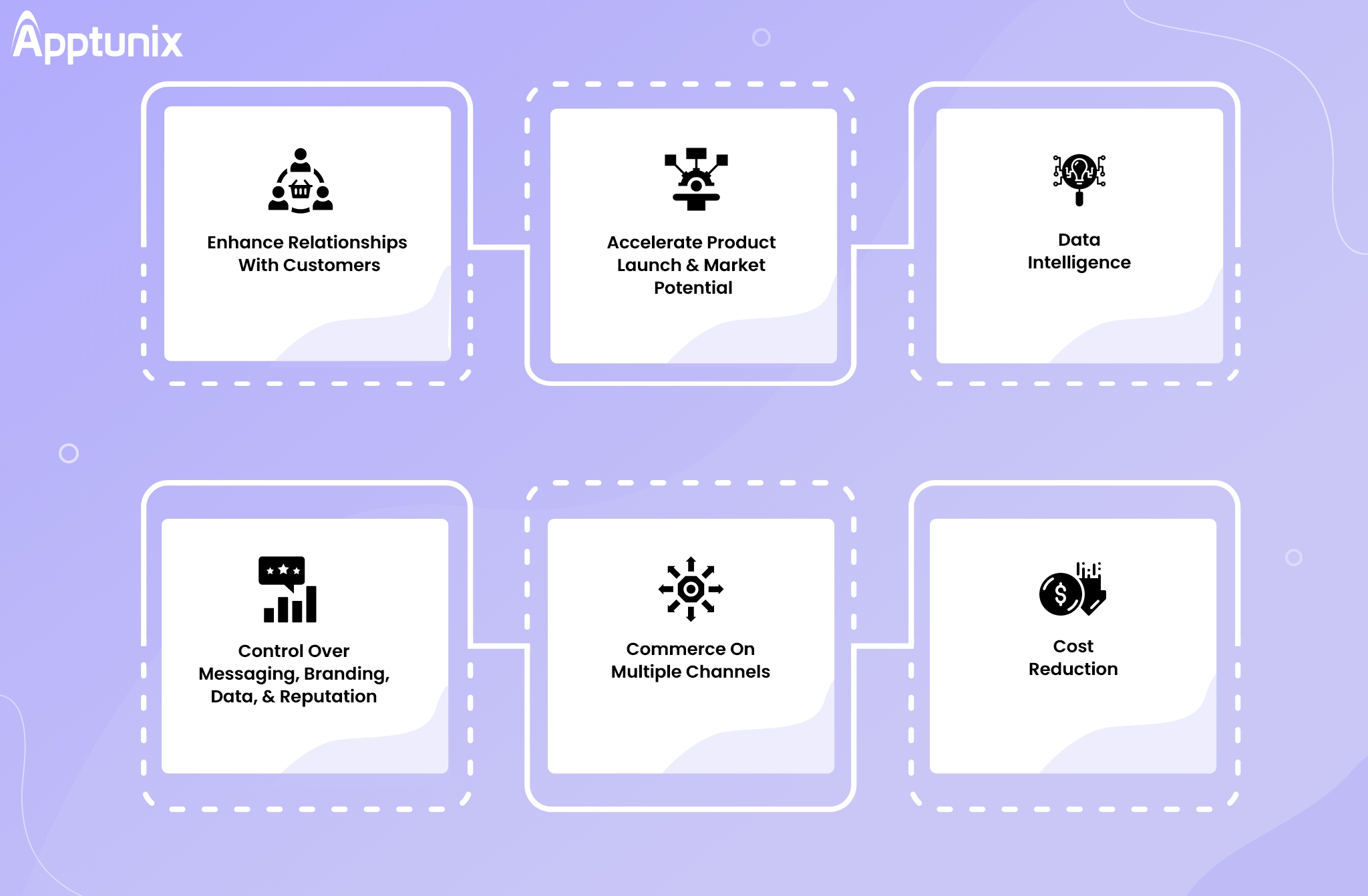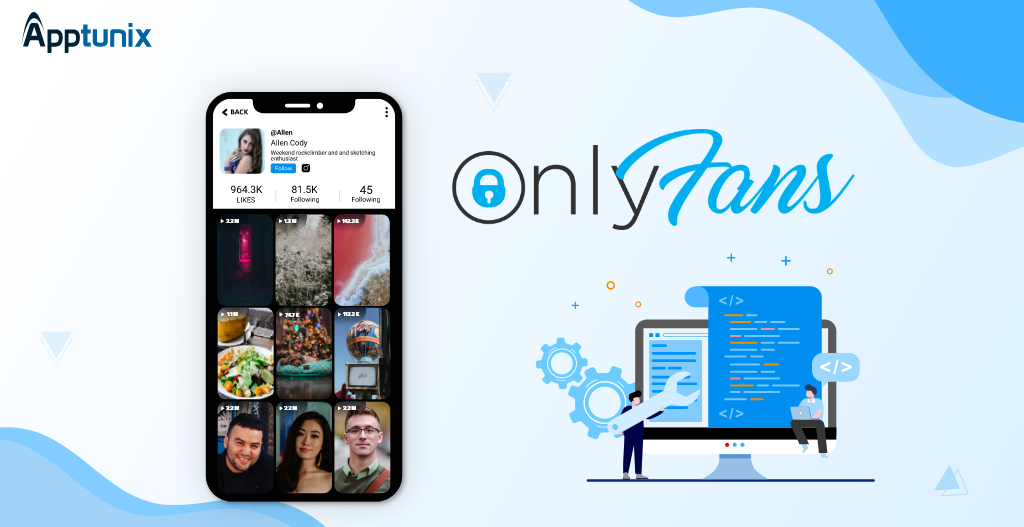Don't miss the chance to work with top 1% of developers.
Sign Up Now and Get FREE CTO-level Consultation.
Confused about your business model?
Request a FREE Business Plan.
Ultimate Guide On Direct To Consumer Business Model – D2C Benefits
Table of contents

The necessity for internet retail has never been more apparent than now, with COVID-19 driving traditional businesses to close. In addition to the pandemic, the direct to consumer business model efficiency is accelerating retail’s migration to the internet.
Cutting out the middleman in ways that weren’t conceivable only a few decades ago has become possible thanks to technological advancements.
Manufacturers and CPG (Consumer Packaged Goods) companies are increasingly opting for the Direct-to-Consumer business model to access the market directly rather than through a middleman.
Direct to consumer business model refers to sales made directly from the manufacturer to the person who will own and utilize the product afterward (a customer). Any third-party retailers, wholesalers, or distributors who were involved in the delivery of items are removed from the chain.

What Is A Direct To Consumer Business Model And How Does It Work?
The term D2C (direct to consumer) was originally used in the beauty industry. The trend was then embraced by smart home businesses and direct to consumer apparel brands.
The supply chain traditionally includes a materials supplier, a product manufacturer, a wholesaler, a distributor, and a retailer. The sales strategy also incorporates slow discussions at every level of manufacturing, particularly throughout the delivery phase.
As a result, it frequently results in extended lead times for product launches and considerably longer waits times for companies to receive client feedback.
A direct to consumer business model, on the other hand, takes a shorter and more direct approach than the usual norm. Businesses may utilize cloud services and eCommerce to sell directly to end customers by eliminating the need for intermediaries, wholesalers, and distributors.
Many businesses have opted to apply the direct to customer business model to retail in the last ten years or so, disrupting the sector in the process. Direct to consumer business model is a retail strategy in which a brand sells its items directly to the customer — whether that client is an individual or another store — bypassing the requirement for retail distributors.
The Direct to consumer business model is being adopted by up to 57% of brand manufacturers, making it the fastest-growing eCommerce sector.
Benefits Of Choosing A Direct To Customer Business Model For Your Business

- Enhance Relationships With Customers
Businesses that rely on wholesalers and retailers to sell their goods miss out on vital customer data. Customer data is one of the most valuable assets for local and digitally native companies, especially as eCommerce grows.
Furthermore, if you sell items through a store, the only data you’ll get is numerical statistics – volume sold, returns, and future demand — with no social insights. While this is helpful for inventory management, it doesn’t tell you much about your customers.
If you sell the same products through your eCommerce site or a physical store, however, you have the opportunity to cross-sell and upsell relevant items to your customers.
As a result, through product reviews and inquiries, your customers will directly tell you which products may complement their original purchase.
- Accelerate Product Launch and Market Potential
Aside from having direct control over a variety of aspects, another benefit of a direct-to-consumer approach is having influence everywhere, all of the time. Unlike traditional CPG, you may create an unlimited eCommerce platform where customers can buy across various channels and pay in a variety of ways.
Legacy brands and CPG businesses, on the other hand, may integrate into DTC without losing their existing retail connections.
Customers may return your items in a variety of ways if required, regardless of how they originally purchased them. As a result, omnichannel commerce via DTC is challenging established methods and establishing itself as a major player in eCommerce.
- Control Over Messaging, Branding, Data, And Reputation
Control is, in fact, one word that is driving many brands to adopt the DTC model. Pricing, customer data, messaging, product, brand, and reputation are all under your control.
Customers nowadays are more demanding than they have ever been. You must give them a high-quality experience regardless of the channel via which they choose to contact you.
Manufacturers’ power in a traditional retail business is severely restricted. Manufacturers don’t even have total price control. They have little to no impact on the selling after the product is on the shelves. Wholesalers and retailers hold all of the power at this time.
The only way they can sway sales is to spend more money on advertising, but if merchants fail to sell the items, producers will lose money.
- Commerce On Multiple Channels
Aside from having direct control over a variety of aspects, another benefit of a direct to consumer business model is having influence everywhere, all of the time. Unlike traditional CPG, you may create an unlimited eCommerce platform where customers can buy across various channels and pay in a variety of ways.
Legacy brands and CPG businesses, on the other hand, may integrate into DTC without losing their existing retail connections. Customers may return your items in a variety of ways if required, regardless of how they originally purchased them.
As a result, omnichannel commerce via DTC is challenging established methods and establishing itself as a major player in eCommerce.
- Cost Reduction
You can remove barriers to revenues by eliminating numerous stages between you and the consumer. If your firm sells the goods to wholesalers and retailers, for example, you must make it available at a low enough price for someone to contemplate reselling it. This does not happen with direct sales, which results in cost savings.
- Data Intelligence
If your Data Analytics section is properly organized, you already know that refined data is far more valuable than raw data, which is why having your own sales channel is important. You can create your own marketing and sales performance measures this way.
Wrapping Up
Investing in a direct to consumer business model appears to be the appropriate route for B2C businesses, as more and more customers resort to internet channels for their buying.
Successful direct to consumer (D2C) businesses have demonstrated that a change in traditional retail strategy may provide significant rewards.
Don’t hesitate to get in touch with us if you’re considering a direct to consumer business model for your business. We’ll be happy to talk about the best option for your business and how we can help you with D2C development.

Rate this article!
(3 ratings, average: 5.00 out of 5)
Join 60,000+ Subscribers
Get the weekly updates on the newest brand stories, business models and technology right in your inbox.

You can say, I am an internet surfer. I’m fascinated with marketing and its new trends. With a background in Information Technology, I also like to be aware of the technological advancements around me. Apart from that, you can find me listening to music as I am a huge music lover.

Telemedicine 2.0 - A Comprehensive Guide On What Healthcare Providers Need To Know?
Discover how the latest advancements like Artificial Intelligence in telemedicine are reshaping patient care. This comprehensive resource offers insights into the key trends and innovations driving this shift, providing valuable knowledge for healthcare professionals looking to stay ahead.
Download Now!

















